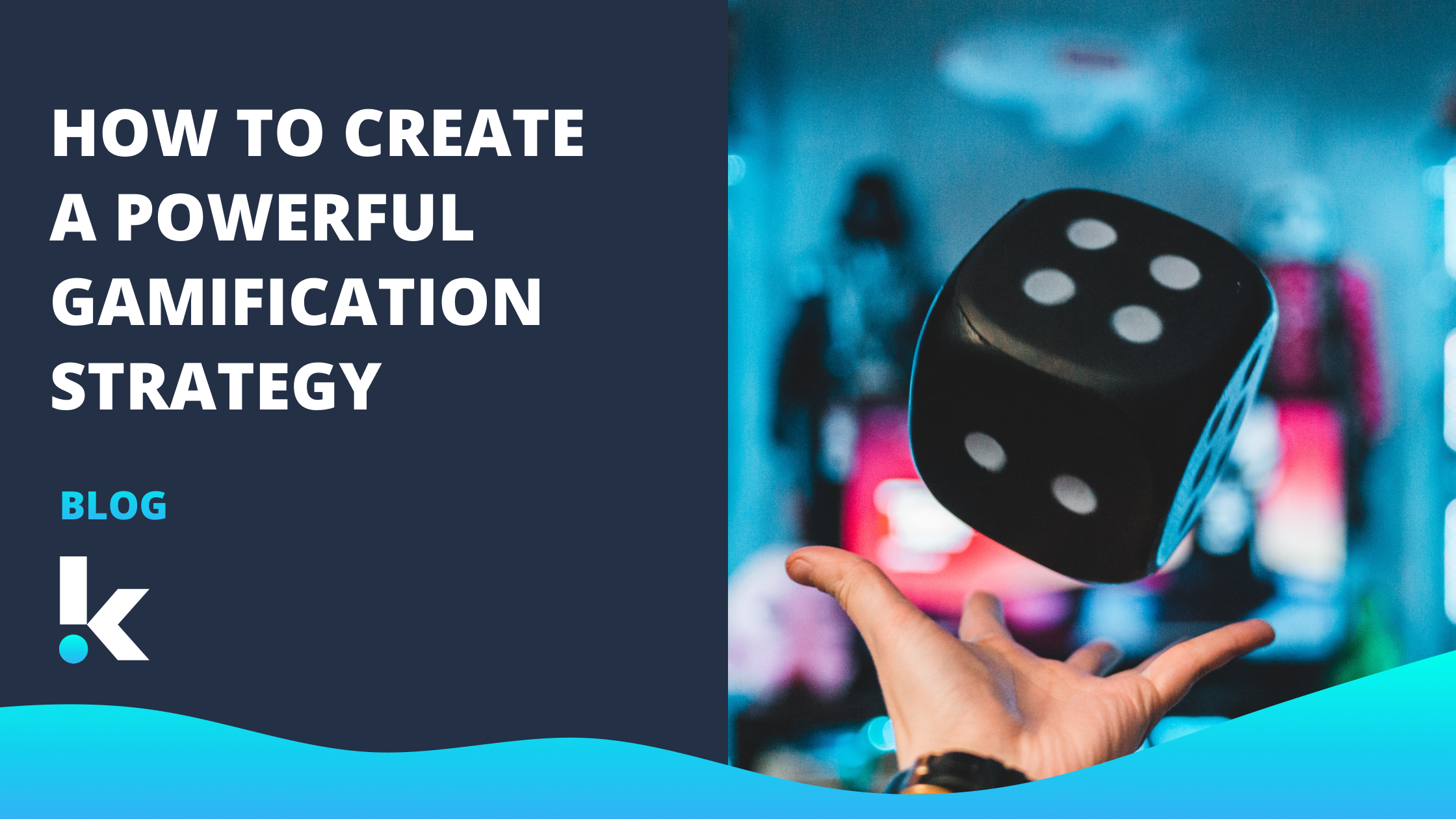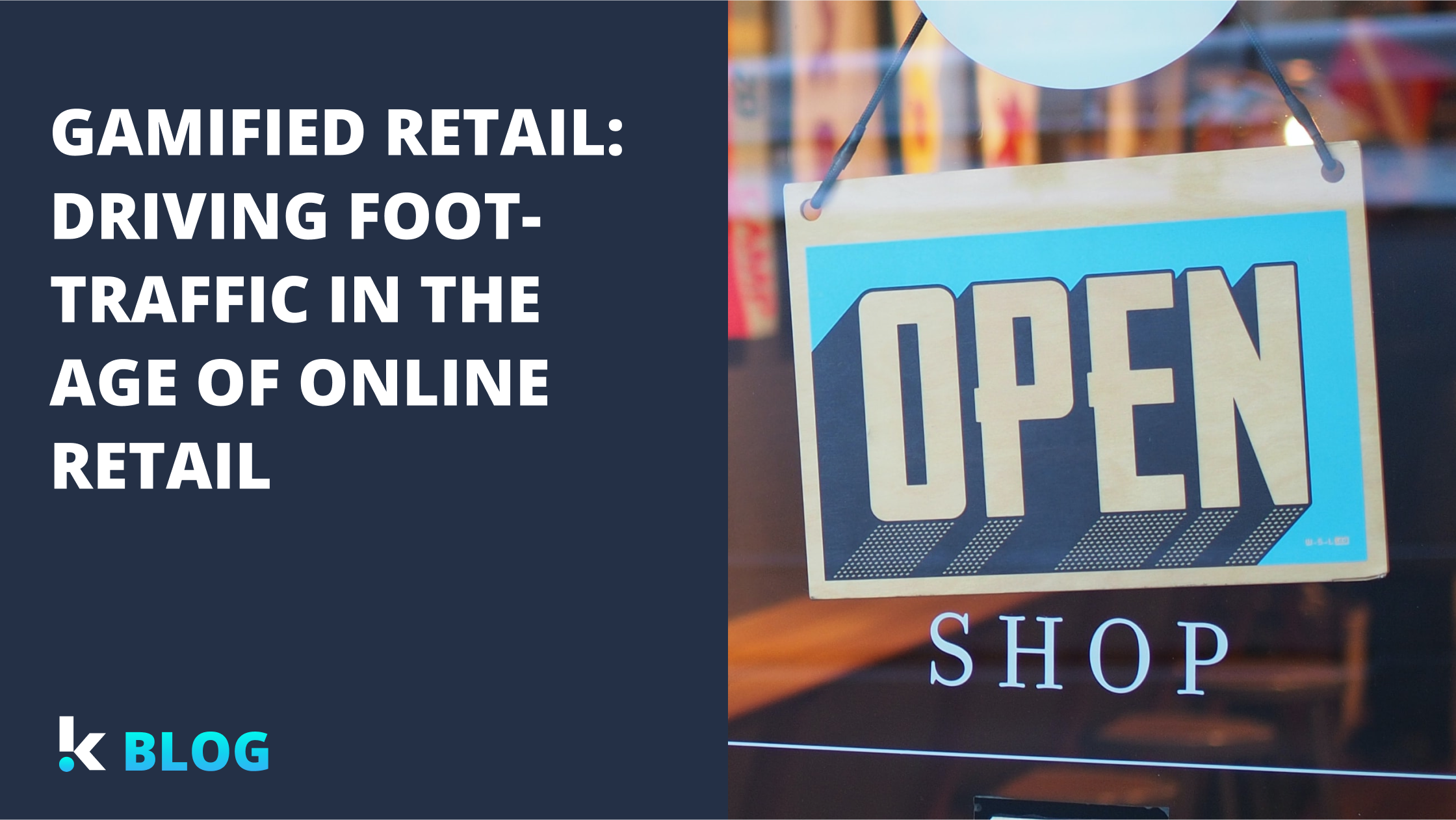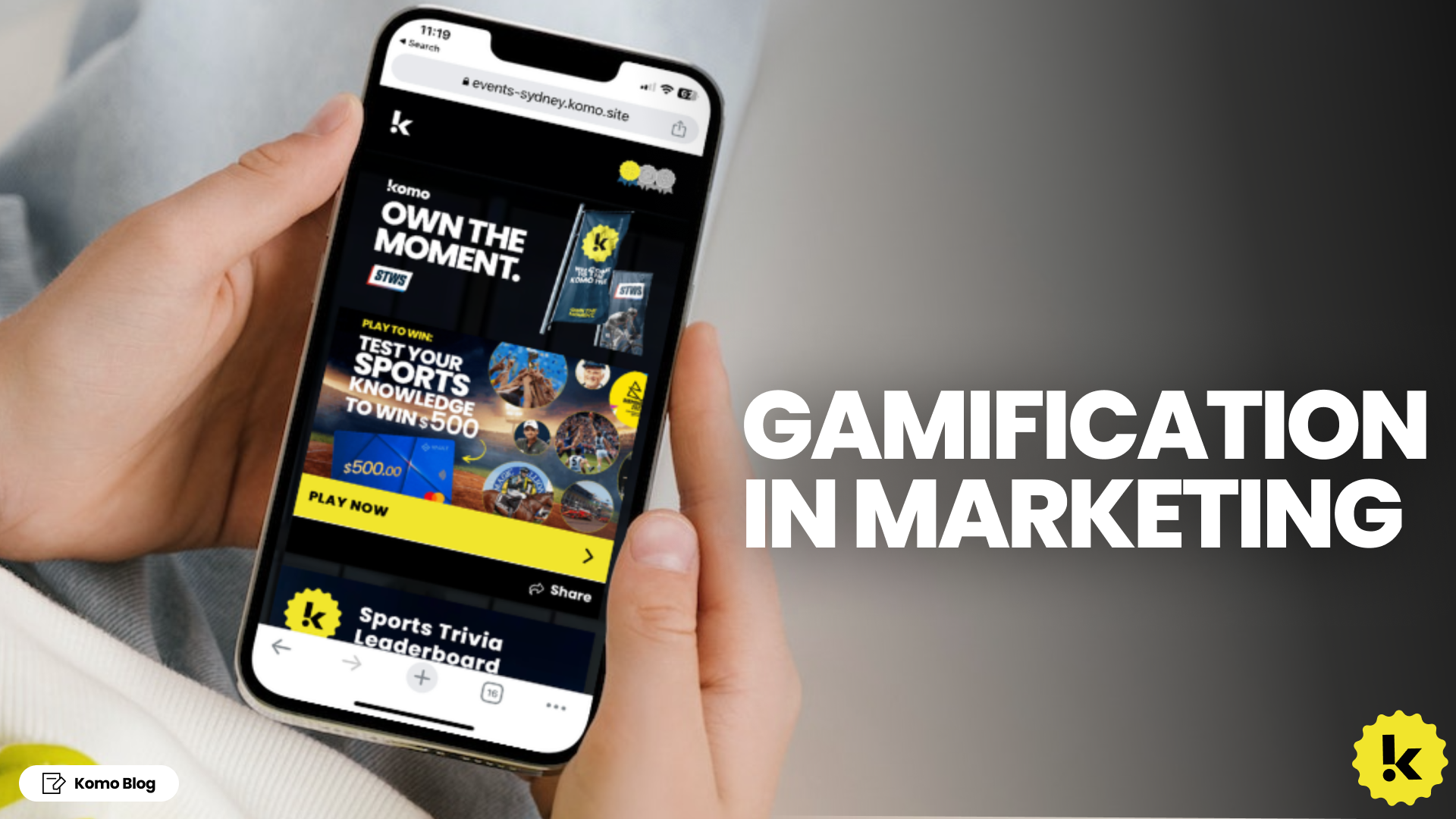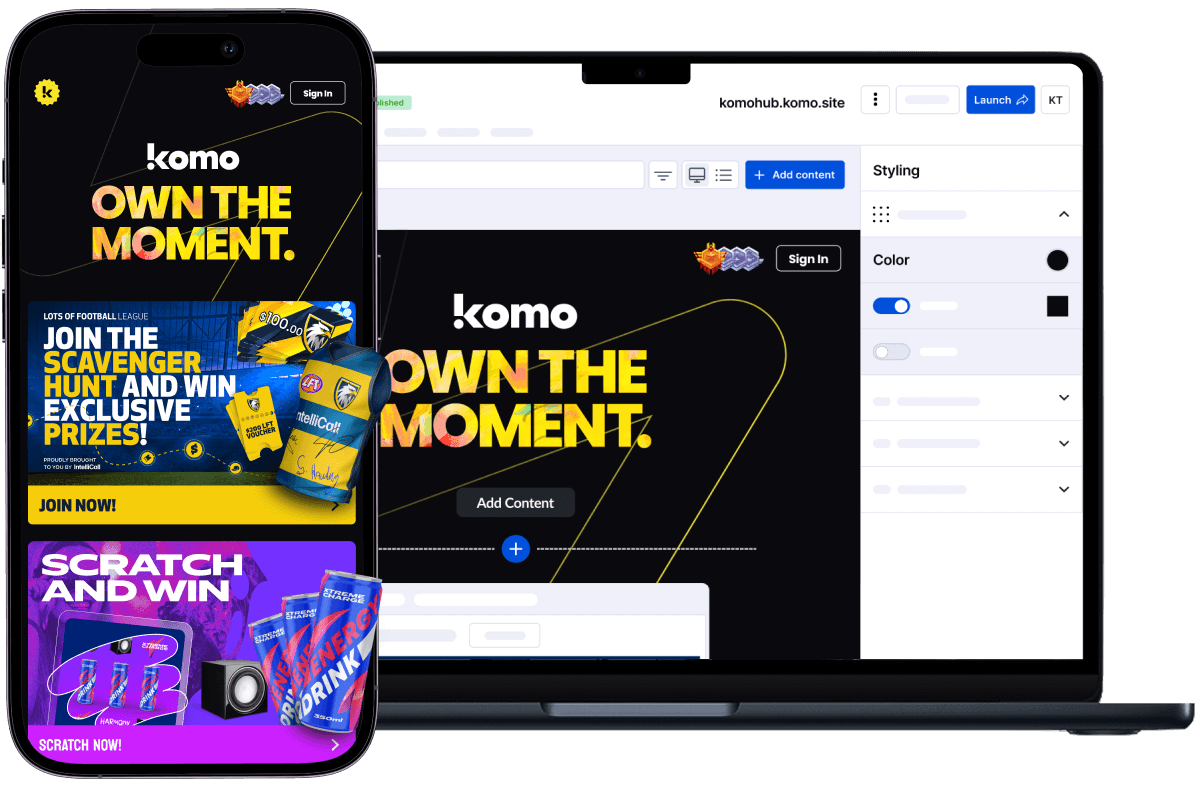The arrival of digital has flipped the marketing industry on its head, which was once dominated by static out-of-home display advertising. Digitisation has opened up marketers to a treasure trove of knowledge about their customers in the form of data and insights.
However, despite groundbreaking changes to conventional marketing practices, this upheaval has not changed an important aspect of a successful marketing strategy: customer engagement.
One could argue that digitisation has only made customer engagement more difficult due to the high numbers of marketing messages consumers are exposed to every day. But that is exactly what makes it more important than ever. A study by Gallup found that a fully engaged customer represents a 23% premium in share of wallet and revenue compared to the average customer.
One way brands can nurture engaged customers is through gamification.
What is gamification?
Gamification is adding game elements to non-game contexts. The nature of a gamified experience encourages and allows for participation from the audience and drives motivation, which is crucial in keeping a customer actively engaged with your brand. A gamification strategy is how your brand will merge gamification and marketing to create an immersive, enticing, and an enjoyable brand experience that not only creates engaged customers, but also achieves marketing goals.
Depending on the goals you set, your gamification campaign may require different approaches, functions, and even different platforms to deliver the gamified experience. For example, a gamified experience intended to collect first-party data for growing an email database may opt for a simple game on their website, whereas a gamified experience intended to drive revenue may choose a mobile game app that has in-game purchases.
What does gamification mean for digital marketing?
Before creating an effective gamification strategy, a good understanding of its implications for digital marketing is essential. As we’ve alluded to above, gamified marketing can be integrated with ‘bigger picture’ marketing goals and objectives, which is accomplished through digital marketing.
A good way to start with gamified marketing is the use of gamification in content marketing, delivered on your brand’s website, branded apps and platforms, or the clever use of existing social media channels and their functions. Another example includes gamification in advertising where game elements are included in online ads, which could potentially increase click-through rates.

Benefits of gamified marketing
There are three main benefits of gamified marketing, which we will explain in detail below. In no particular order of importance, these are engagement, brand awareness, and data collection.
1. Engagement
We’ve talked a lot about engagement early on in this guide because it's the main appeal of gamification and exactly why it’s a highly valued strategy for marketers. Participation creates a two-way channel for interaction between brand and consumer. Keeping the consumer actively engaged through participation allows your brand to influence, motivate, or create contexts for specific behaviours such as an in-game purchase or filling out a form.
Komo’s platform is built on the basis of connecting brands to their communities through meaningful and active engagement. Our Engagement Hub provides brands with a wide range of plug and play engagement tools, allowing brands to quickly create digital brand destinations their communities can access with the press of a button.
2. Brand awareness
The result of positive engagement experiences lead to a brand being more memorable, and hence stronger top-of-mind brand awareness. Positive experiences facilitated by gamification builds a subconscious, emotional bond between your brand and your customer. Loyal customers acquired this way makes way for opportunities for things like upselling and cross-selling, and allows your brand to capture customer lifetime value.
3. Data collection
With heightened concerns regarding privacy, the average customer of the digital age will not give up their data so easily - and will only do so with utmost confidence that their data will not be misused or in exchange for something of value to them. Your brand can offer an enjoyable experience or the prospect of winning a prize through your game to encourage your audience to give their information, allowing your brand to build first-party data assets and uncover insights about your audience.

How to create a powerful gamification strategy
Set goals for gamification
As with anything, a gamification marketing strategy requires adequate planning to ensure success. Planning should start with goal setting for the gamification strategy, and how it ties into the overall marketing strategy. Be it generating leads, increasing engagement rates, or driving revenue, goals will set the tone for how your gamification strategy is carried out - and by extension, dictate other important decisions relating to channel, amount of investment, and functionality.
Tap into human psychology
A significant driving force behind the success of gamified marketing is because it uses psychological principles. The most obvious is the need for reward and recognition. Winning a prize or reward makes players feel good about their achievements and efforts, which makes them come back to your brand’s gamified experience for more. Brands can offer a wide range of acknowledgements besides tangible prizes. ranging from badges to titles, leaderboards, and scores. The positive emotions generated may also carry into associations with your brand, creating potential for creating loyal customers.
This can be combined with another aspect of human psychology leveraged by gamification: competition. Creating context for your players to compete can exponentially increase the impact of your gamification initiatives when players feel as though there are limited spots for reward and recognition.
Keep it simple - and fun
Though a little dash of challenge is essential to motivate your audience and spice things up, branded games should always be kept simple, with well-defined goals and easily understood functionality. Brands overcomplicating a game may run the risk of non-completion, confusion, or even frustration - associations that may carry forward onto your brand.
The objective is to create a memorable brand experience, so this should always inform decisions in game design, from formulating rules and regulations to implementing mechanics. A simple, enjoyable game also enhances the effect of human psychological factors mentioned above when playing the game.
Create engaging gamified experiences with Komo’s engagement tools
As we’ve seen, gamification in marketing can pave the way for brands to keep customers actively engaged, drive certain behaviours, and build brand awareness.
With Komo’s Engagement Hub, brands have access to a wide range of tools to engage their audiences in many different ways, each with different functions to equip brands with the capabilities to better understand their customers and make a positive impact on their brand experiences.
Discover more ways that you can innovatively engage and understand your audience with Komo’s Engagement Hub.




